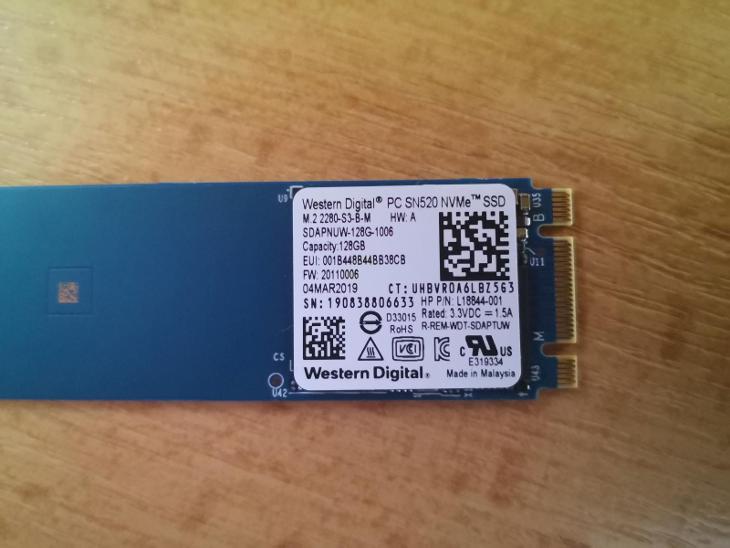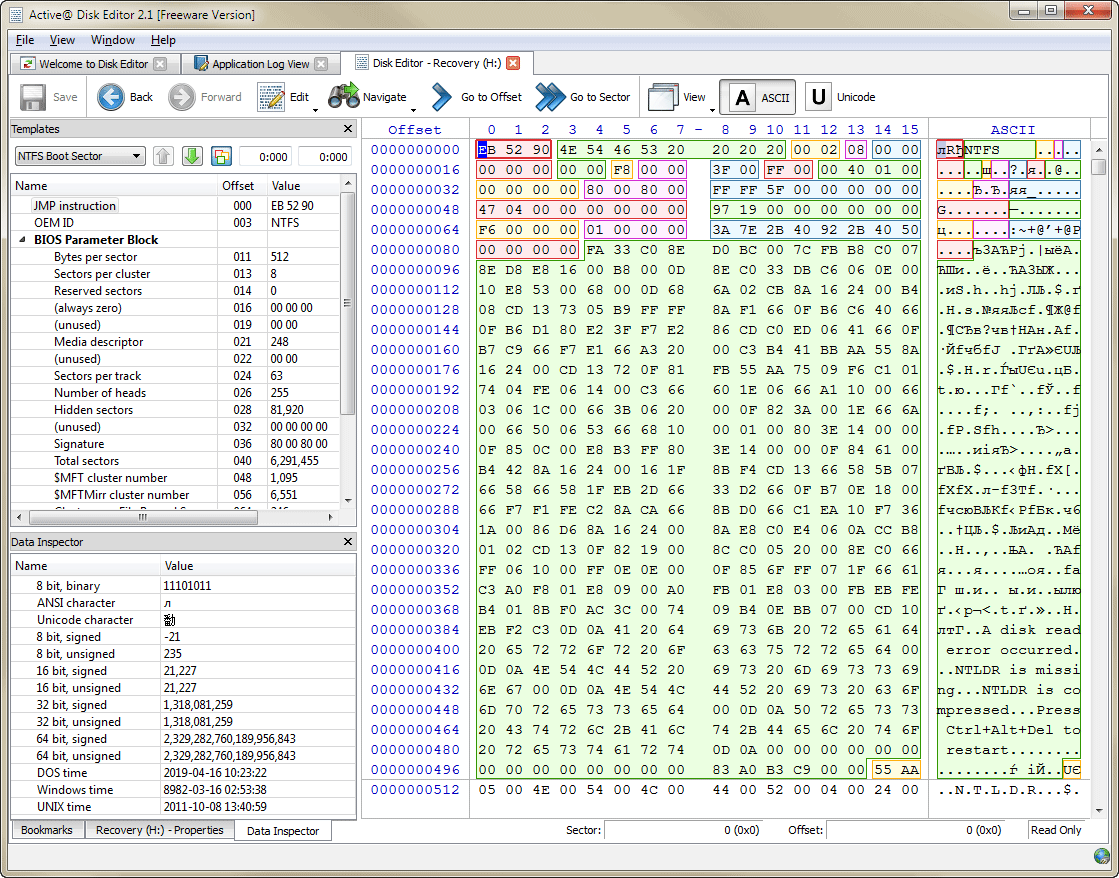
- #DISK ACTIVE TIMER UNDER 20 HOW TO#
- #DISK ACTIVE TIMER UNDER 20 PLUS#
- #DISK ACTIVE TIMER UNDER 20 WINDOWS#
This can be done by expanding the Data Collector Sets folder in the navigation pane.
Once open, add a new Data Collector Set. To capture disk data over a period of time, we’ll configure a Data Collector Set within PerfMon that can be started and stopped as needed: For example, an issue that occurs once every hour, happens sporadically or one that pops up after-hours. This configuration is extremely useful for those incidents that are tough to catch in real-time. Now that your real-time monitoring is squared away, we can move on to capturing data sets over a period of time. Monitoring Disk I/O Activity Over a Period of Time Configuring PerfMon’s Data Collector Set When enabled, the performance counter currently selected at the bottom of the window will have its corresponding line/bar highlighted in black within the graph. You may also find the Highlight toolbar button to be extremely useful in these views. Use the column’s sorting options to group disks together by Instance for easier review. 
So, if you review your results using the Line or Histogram Bar graphs instead, here are some things to be aware of: If you chose or the individual disk(s) when adding your performance counters, each counter will be listed one time for every disk you’re monitoring. We prefer reviewing the Report type as this lays out your data in a neat table however, when you’re monitoring quite a few disks, you may not be able to view all disk data simultaneously.
#DISK ACTIVE TIMER UNDER 20 PLUS#
To toggle through the options, use the Change graph type button to the left of the plus sign (+) or press Ctrl+G on your keyboard.

There are three types of graphs that you can choose to view: Line, Histogram Bar or Report.
Click OK to close the Add Counters dialog window.Īs soon as you close the Add Counters window, you’ll be dropped back into the PerfMon section where you can begin monitoring your results!. The highlighted counters will be shown in the ‘Added counters’ section on the right-hand side of the window. Expand its additional options and highlight the following counters:  Next, go to the ‘Available counters’ section and find PhysicalDisk. (It’s important to do this step before selecting performance counters, as changing the selected instance could remove the highlighting from the chosen performance counters.) By default, _Total will be selected however, this is the sum of all your disks and won’t provide meaningful data for this configuration. To monitor one or multiple disks individually, select each individual volume. Highlight to monitor all disks on the server in the same report. In the popup window, find the ‘Instances of selected object’ section and select the physical disk(s) you want to monitor. The counter settings will load in a popup window. In the toolbar of icons above the main window, click the green plus sign (+) icon.
Next, go to the ‘Available counters’ section and find PhysicalDisk. (It’s important to do this step before selecting performance counters, as changing the selected instance could remove the highlighting from the chosen performance counters.) By default, _Total will be selected however, this is the sum of all your disks and won’t provide meaningful data for this configuration. To monitor one or multiple disks individually, select each individual volume. Highlight to monitor all disks on the server in the same report. In the popup window, find the ‘Instances of selected object’ section and select the physical disk(s) you want to monitor. The counter settings will load in a popup window. In the toolbar of icons above the main window, click the green plus sign (+) icon. 
This is done by expanding the Monitoring Tools folder in the navigation pane and clicking on Performance Monitor. This can be opened from the Start menu by clicking on Administrative Tools and selecting Performance Monitor OR by opening the Run command, entering “perfmon.exe” and clicking OK.
#DISK ACTIVE TIMER UNDER 20 WINDOWS#
On the Windows server where SmarterMail is installed, open Performance Monitor. To monitor your disk activity in real-time and catch disk I/O bottlenecks before they occur, you’ll need to configure certain performance monitors within PerfMon: Monitoring Disk I/O Activity in Real-Time Configuring PerfMon to Monitor Performance Counters The screenshots provided here were taken from Windows Server 2008 R2. Note: While the interface may vary slightly, the steps for configuring PerfMon remain consistent across supported server versions. There are three sections in this guide: (1) steps for configuring a monitor to view data in real-time, (2) steps for configuring a data collection set in which data can be captured over a period of time and (3) an explanation of the performance counters and their expected values. #DISK ACTIVE TIMER UNDER 20 HOW TO#
It’s great to use for recording a performance baseline, monitoring your daily activity, troubleshooting server data or discovering potential disk issues before they occur.įollow along to learn how to configure PerfMon to capture information pertaining to your email server’s disk I/O utilization. As such, it’s important to keep a close eye on your disk activity, ensuring there are no bottlenecks or latencies that can cause SmarterMail’s performance to suffer.Īnd when it comes to monitoring server performance on Windows, there’s no better tool than the one built-in: Windows Performance Monitor! PerfMon, as it’s commonly known, is a console snap-in that provides tools for analyzing your system’s performance. As most SmarterMail administrators know, a server’s hard disks are some of the most heavily used resources when it comes to managing a secure mail server and often have the biggest impact on how that mail server performs.








 0 kommentar(er)
0 kommentar(er)
